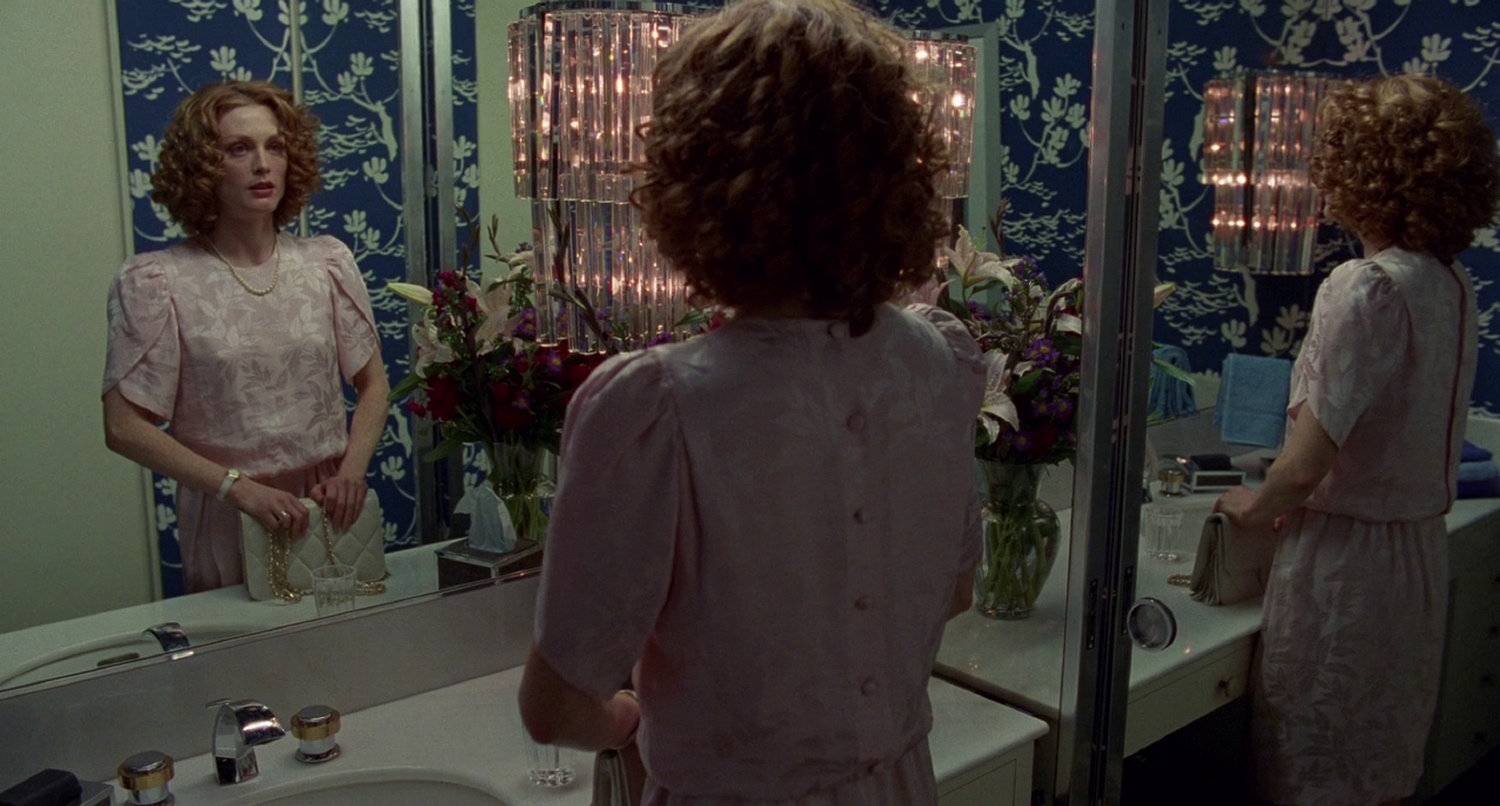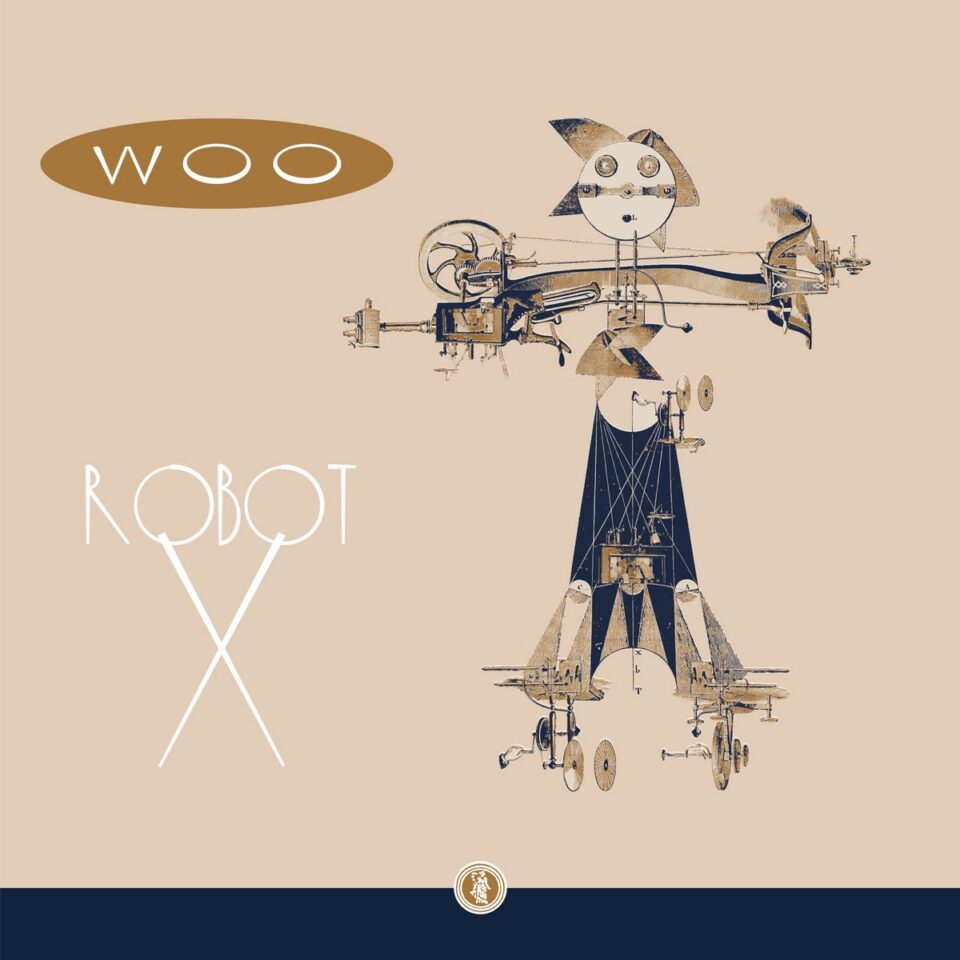Safe is one of those movies that has always been unreasonably hard to find. It had been on my to-watch-at-first-opportunity-and/or-before-last-rites list for years, and yet it took until January of 2017 for me to be able to actually watch it; theaters didn’t show it, cable didn’t run it, and rental stores failed to carry it—it just wasn’t out there. But in 2014 the Criterion Collection finally re-released it, and earlier this month FilmStruck began offering it on streaming, and so it came to pass, this past week, that I finally got to see what I’d been missing. And goddammit, I’d been missing a lot.
I’m not saying Safe is the key to all mythologies for ’90s independent cinema, but it is noteworthy that young directors of the time didn’t just borrow themes and ideas from director Todd Haynes; they offered veritable homages, often quoting the film directly. And it’s one thing for a lot of young directors to be paying homage to Hitchcock or Godard or Kurosawa, but Safe premiered in 1995, when Haynes was thirty-four, and only two years later, in 1997, the Coen Brothers cast Julianne Moore as a higher-functioning version of her character from Safe (complete with references to “Sandra” rather than “Fluvia”); two years after that, Paul Thomas Anderson investigated the character of Carol once more in Magnolia; and where Richard Kelly would borrow a supporting actor—and character—from Safe, Wes Anderson went so far as to borrow a walking metaphor, using a wolf rather than a coyote to punctuate the civilization vs. wilderness dichotomy at the center of Fantastic Mr. Fox.
This movie is, in other words, everywhere. But it avoids the fate that often plagues such influential artworks—that of becoming familiar. Safe remains deeply strange. And now’s as good a time as any to take a closer look.
The film maintains its grip on us not because we wonder what will happen to Carol, but because we never know quite what is happening to her.
Haynes is riding high at the moment. Carol found a big audience and received fairly rapturous critical notices, and his upcoming films—including a Peggy Lee biopic and an adaptation of Brian Selznick’s novel Wonderstruck—seem to have a similarly broad appeal. And that’s saying something, given Haynes’s penchant for the experimental. His early short Superstar, for instance, offered an account of Karen Carpenter’s life and death, but featured Barbie dolls rather than actors. 2007’s I’m Not There featured six different actors as Bob Dylan avatars. But Haynes also has a knack for bringing out the very best in some of the best actors in the business; experiments tend to go a little better if they feature Cate Blanchett or Julianne Moore in a starring role.
Haynes’s collaboration with Moore has been particularly fruitful. Safe was their first project together, but the degree of trust that the two already have in one another is evident throughout. Moore has to serve as the anchor for a movie that Haynes himself has described as “latent horror.” To put that another way, this is a horror movie in which the menace is entirely invisible. Moore’s Carol is a housewife, a step-mother, and an amateur interior decorator in the San Fernando Valley who suddenly begins to have an allergic reaction to… well, modern life itself. She thus begins a quest for wellness that takes her first into a kind of internalized prison, then to a cultish community of similarly ailing Californians in the desert, and finally to a kind of safe-house at the compound, where she seems to finally achieve whatever it is that she has been pursuing.
I don’t think it’s a spoiler to reveal the ending, because we never doubt where Carol’s journey is taking her. (So it would be like “spoiling” an addiction movie.) The film maintains its grip on us not because we wonder what will happen to her—she will remove herself further and further from life in order to gain safety from everything that threatens her—but because we never know quite what is happening to her. When the film first released, many viewed it as an AIDS movie, but it’s also been read as a critique of Los Angeles, of New Age philosophies, of organized religion (especially Scientology), of the self-help movement, and of Hollywood—especially as concerns its representations of women. And it is all of those things, because it’s none of those things, because the metaphor has emptiness at its very heart.
The best and most durable metaphors remain the simplest ones. There’s one single river that runs through Heraclitus, Twain, Wagner, and Conrad, and it’s not so very different from the rivers that we drive past every day. That is to say, a river is a river—and a river is also the world, in the right hands. Haynes’s metaphorical disease is like that river, but it also has similarities to Melville’s metaphorical scrivener, because it adamantly refuses to declare itself. (It would prefer not to.) The only thing that it feels safe to say, then, is that this is a movie about the horror of uncertainty, the horror of not knowing. Here, that horror takes a twentieth-century form, complete with spandex gym outfits and exhaust-spewing automobiles, but it’s a fear that’s as old as time. Safe stands as a testament to the appeal as well as the power of daring, independent filmmaking, but it brings to mind an abiding insight and anxiety: what are we supposed to do, and how are we supposed to trust in anything, if even so simple a thing as a river cannot be said to endure from one moment to the next.
Julianne Moore has the almost impossible task here of portraying a woman with an invisible nemesis as sympathetic and, even more importantly, sane enough to give sane people pause. She manages that trick but, in partnership with Haynes, she goes one step further, and makes us take seriously a character that, as Haynes himself has said, we would more than likely forget if we met her at a party. She is what an ungenerous millennial might call a “nothing human being” and what a more generous person might call “an everywoman.”
Her performance is carried off by sheer force of conviction: she seems convinced that she is about to finally see the invisible thing that is stalking her, even if she hasn’t glimpsed it yet. In that way, she really is an everywoman, a proxy for every viewer. We’re all waiting to see the same thing. FL









